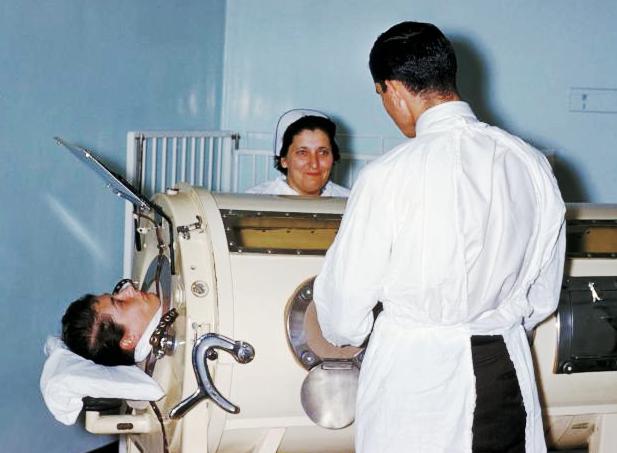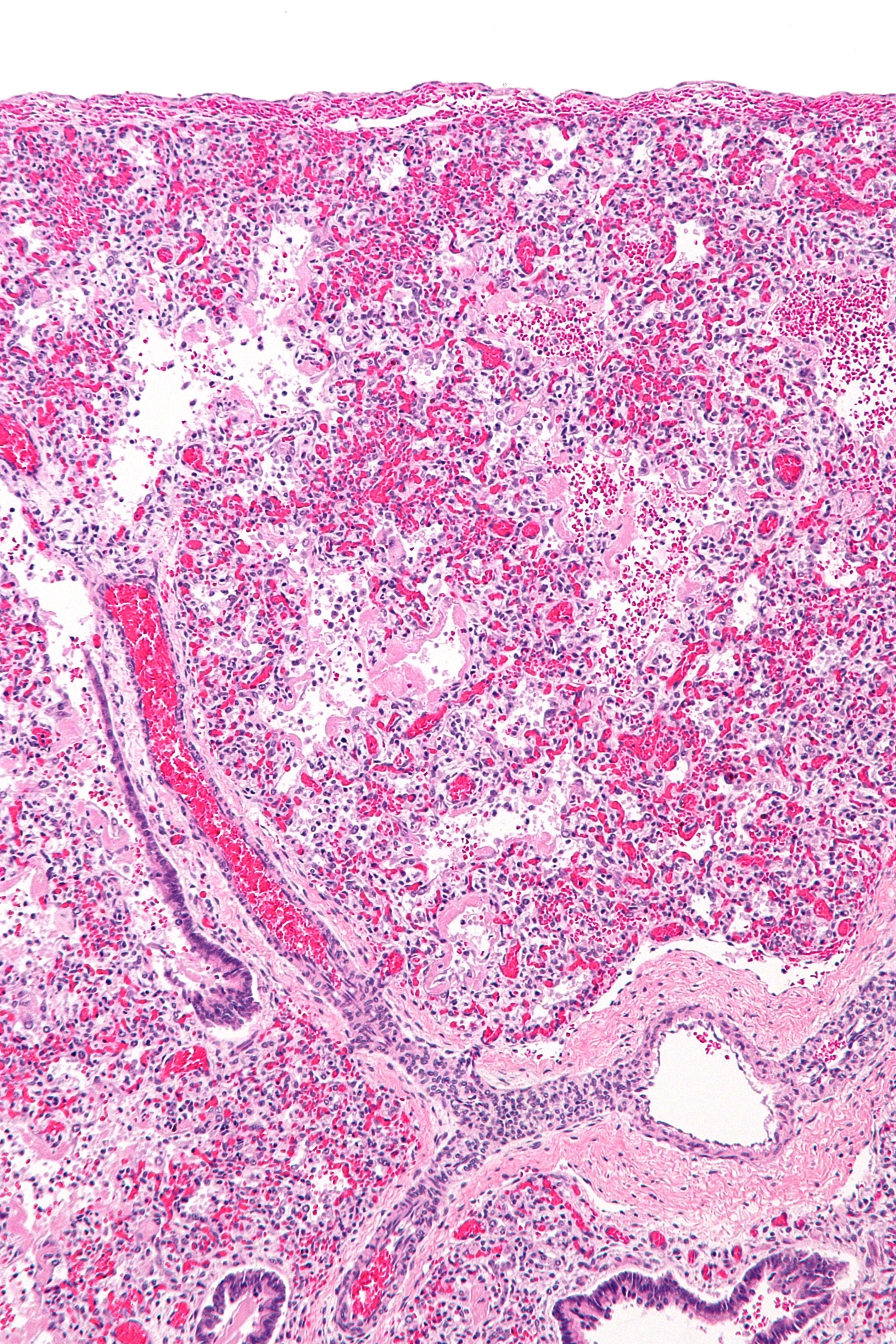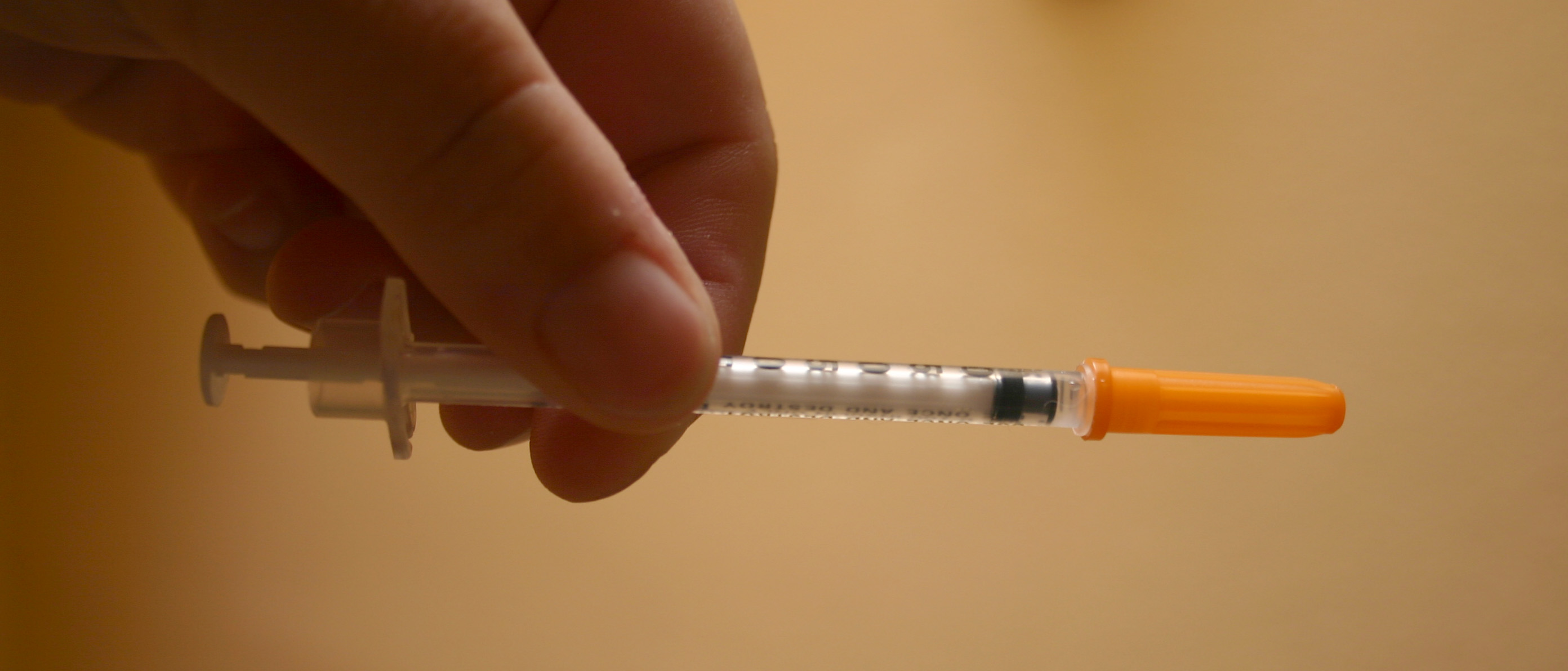|
Prone Ventilation
Prone ventilation, sometimes called prone positioning or proning, is a method of mechanical ventilation with the patient lying face-down (prone). It improves oxygenation in most patients with acute respiratory distress syndrome (ARDS) and reduces mortality. The earliest trial investigating the benefits of prone ventilation occurred in 1976. Since that time, many meta-analyses and one randomized control trial, the PROSEVA trial, have shown an increase in patients' survival with the more severe versions of ARDS. There are many proposed mechanisms, but they are not fully delineated. The proposed utility of prone ventilation is that this position will improve lung mechanics, improve oxygenation, and increase survival. Although improved oxygenation has been shown in multiple studies, this position change's survival benefit is not as clear. Similar to the slow adoption of low tidal volume ventilation utilized in ARDS, many believe that the investigation into the benefits of prone ventil ... [...More Info...] [...Related Items...] OR: [Wikipedia] [Google] [Baidu] |
Mechanical Ventilation
Mechanical ventilation or assisted ventilation is the Medicine, medical term for using a ventilator, ventilator machine to fully or partially provide artificial ventilation. Mechanical ventilation helps move air into and out of the lungs, with the main goal of helping the delivery of oxygen and removal of carbon dioxide. Mechanical ventilation is used for many reasons, including to protect the airway due to mechanical or neurologic cause, to ensure adequate oxygenation, or to remove excess carbon dioxide from the lungs. Various healthcare providers are involved with the use of mechanical ventilation and people who require ventilators are typically monitored in an intensive care unit. Mechanical ventilation is termed invasive if it involves an instrument to create an airway that is placed inside the trachea. This is done through an endotracheal tube or nasotracheal tube. For non-invasive ventilation in people who are conscious, face or nasal masks are used. The two main types o ... [...More Info...] [...Related Items...] OR: [Wikipedia] [Google] [Baidu] |
Acute Respiratory Distress Syndrome
Acute respiratory distress syndrome (ARDS) is a type of respiratory failure characterized by rapid onset of widespread inflammation in the lungs. Symptoms include shortness of breath (dyspnea), rapid breathing (tachypnea), and bluish skin coloration (cyanosis). For those who survive, a decreased quality of life is common. Causes may include sepsis, pancreatitis, trauma, pneumonia, and aspiration. The underlying mechanism involves diffuse injury to cells which form the barrier of the microscopic air sacs of the lungs, surfactant dysfunction, activation of the immune system, and dysfunction of the body's regulation of blood clotting. In effect, ARDS impairs the lungs' ability to exchange oxygen and carbon dioxide. Adult diagnosis is based on a PaO2/FiO2 ratio (ratio of partial pressure arterial oxygen and fraction of inspired oxygen) of less than 300 mm Hg despite a positive end-expiratory pressure (PEEP) of more than 5 cm H2O. Cardiogenic pulmonary edema, ... [...More Info...] [...Related Items...] OR: [Wikipedia] [Google] [Baidu] |
Ventilation/perfusion Ratio
In respiratory physiology, the ventilation/perfusion ratio (V/Q ratio) is a ratio used to assess the efficiency and adequacy of the ventilation-perfusion coupling and thus the matching of two variables: * V – Ventilation (physiology), ventilation – the air that reaches the Pulmonary alveolus, alveoli * Q – perfusion – the blood that reaches the alveoli via the capillaries The V/Q ratio can therefore be defined as the ratio of the amount of air reaching the alveoli per minute to the amount of blood reaching the alveoli per minute—a ratio of volumetric flow rates. These two variables, V and Q, constitute the main determinants of the blood oxygen (O2) and carbon dioxide (CO2) concentration. The V/Q ratio can be measured with a two-part ventilation/perfusion scan (V/Q scan). Using a small amount of inhaled or injected radioactive material called a Radioactive tracer, tracer for visualization, a V/Q scan is a type of Nuclear medicine, nuclear medical imaging that allows for l ... [...More Info...] [...Related Items...] OR: [Wikipedia] [Google] [Baidu] |
Horowitz Index
The Horowitz index or Horovitz index (also known as the Horowitz quotient or the P/F ratio) is a ratio used to assess lung function in patients, particularly those on ventilators. Overall, it is useful for evaluating the extent of damage to the lungs. The simple abbreviation as oxygenation can lead to confusion with other conceptualizations of oxygenation index. The Horowitz index is defined as the ratio of partial pressure of oxygen in blood ( PaO2), in millimeters of mercury, and the fraction of oxygen in the inhaled air (FiO2) — the ''PaO2''/''FiO2 ratio''. This is calculated by dividing the PaO2 by the FiO2. ''Example:'' patient who is receiving an FiO2 of .5 (i.e., 50%) with a measured PaO2 of 60 mmHg has a ''PaO2''/''FiO2 ratio'' of 120. In healthy lungs, the Horowitz index depends on age and usually falls between 350 and 450. A value below 300 is the threshold for mild lung injury, and 200 is indicative of a moderately severe lung injury. A value below 100 is a c ... [...More Info...] [...Related Items...] OR: [Wikipedia] [Google] [Baidu] |
Sudden Infant Death Syndrome
Sudden infant death syndrome (SIDS), sometimes known as cot death or crib death, is the sudden unexplained death of a child of less than one year of age. Diagnosis requires that the death remain unexplained even after a thorough autopsy and detailed death scene investigation. SIDS usually occurs during sleep. Typically death occurs between the hours of midnight and 9:00 a.m. There is usually no noise or evidence of struggle. SIDS remains the leading cause of infant mortality in Western countries, constituting half of all post-neonatal deaths. The exact cause of SIDS is unknown. The requirement of a combination of factors including a specific underlying susceptibility, a specific time in development, and an environmental stressor has been proposed. These environmental stressors may include sleeping on the stomach or side, overheating, and exposure to tobacco smoke. Accidental suffocation from bed sharing (also known as co-sleeping) or soft objects may also play a role. Ano ... [...More Info...] [...Related Items...] OR: [Wikipedia] [Google] [Baidu] |
Tracheostomy
Tracheotomy (, ), or tracheostomy, is a surgical airway management procedure which consists of making an incision on the front of the neck to open a direct airway to the trachea. The resulting stoma (hole) can serve independently as an airway or as a site for a tracheal tube (or tracheostomy tube) to be inserted; this tube allows a person to breathe without the use of the nose or mouth. Etymology and terminology The etymology of the word ''tracheotomy'' comes from two Greek words: the root ''tom-'' (from Greek τομή ''tomḗ'') meaning "to cut", and the word ''trachea'' (from Greek τραχεία ''tracheía''). The word ''tracheostomy'', including the root ''stom-'' (from Greek στόμα ''stóma'') meaning "mouth", refers to the making of a semi-permanent or permanent opening and to the opening itself. Some sources offer different definitions of the above terms. Part of the ambiguity is due to the uncertainty of the intended permanence of the stoma (hole) at the time it ... [...More Info...] [...Related Items...] OR: [Wikipedia] [Google] [Baidu] |
Intracranial Pressure
Intracranial pressure (ICP) is the pressure exerted by fluids such as cerebrospinal fluid (CSF) inside the skull and on the brain tissue. ICP is measured in millimeters of mercury ( mmHg) and at rest, is normally 7–15 mmHg for a supine adult. This equals to 9–20 cmH2O, which is a common scale used in lumbar punctures. The body has various mechanisms by which it keeps the ICP stable, with CSF pressures varying by about 1 mmHg in normal adults through shifts in production and absorption of CSF. Changes in ICP are attributed to volume changes in one or more of the constituents contained in the cranium. CSF pressure has been shown to be influenced by abrupt changes in intrathoracic pressure during coughing (which is induced by contraction of the diaphragm and abdominal wall muscles, the latter of which also increases intra-abdominal pressure), the valsalva maneuver, and communication with the vasculature ( venous and arterial systems). Intracranial hypertension (IH), ... [...More Info...] [...Related Items...] OR: [Wikipedia] [Google] [Baidu] |
Glycaemic Control
Diabetes mellitus is a metabolic disease that is characterized by chronic elevated blood glucose levels (hyperglycemia). Therefore, the main goal of diabetes management is to keep blood glucose levels within normal limits or a target range as much as possible. If diabetes is not well controlled, further challenges to health may occur. People with diabetes can measure blood sugar by various methods, such as with a glucose meter or a continuous glucose monitor, which monitors over several days. Glucose can also be measured by analysis of a routine blood sample. In addition to lifestyle modification, some individuals may need medications to adequately control their blood sugar levels. Other goals of diabetes management are prevention or treatment of complications that can result from the disease itself and from its treatment. Description Diabetes is a well known chronic disease that affects many individuals of all ages worldwide. There are many subtypes including Type 1, Type 2, ... [...More Info...] [...Related Items...] OR: [Wikipedia] [Google] [Baidu] |
Insulin (medication)
As a medication, insulin is any pharmaceutical preparation of the protein hormone insulin that is used to treat high blood glucose. Such conditions include type 1 diabetes, type 2 diabetes, gestational diabetes, and complications of diabetes such as diabetic ketoacidosis and hyperosmolar hyperglycemic states. Insulin is also used along with glucose to treat hyperkalemia (high blood potassium levels). Typically it is given by injection under the skin, but some forms may also be used by injection into a vein or injection into a muscle, muscle. There are various types of insulin, suitable for various time spans. The types are often all called ''insulin'' in the broad word sense, sense, although in a more precise sense, insulin is identical to the naturally occurring molecule whereas insulin analogues have slightly different molecules that allow for modified time of action. It is on the WHO Model List of Essential Medicines, World Health Organization's List of Essential Medicines. ... [...More Info...] [...Related Items...] OR: [Wikipedia] [Google] [Baidu] |





